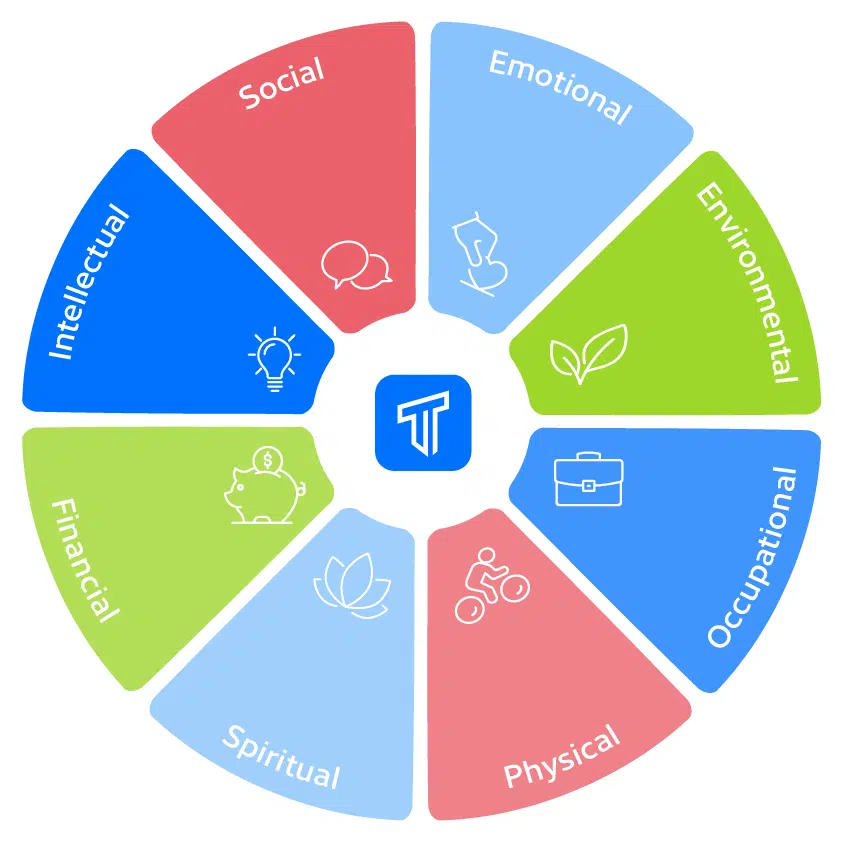
HR’s role in fighting cyber threats ─ How training makes the difference
Data protection


Employers who prioritize the health and wellness of their employees can see measurable increases in productivity, profitability and retention. A recent Deloitte report estimates the average return on investment (ROI) for employers investing in mental wellness initiatives for their workforce to be $5.3 for every $1 spent. The reasoning is straightforward. If a workforce feels […]

Employers who prioritize the health and wellness of their employees can see measurable increases in productivity, profitability and retention.
A recent Deloitte report estimates the average return on investment (ROI) for employers investing in mental wellness initiatives for their workforce to be $5.3 for every $1 spent.
The reasoning is straightforward. If a workforce feels cared for by an employer, employee tenure and retention are positively affected. Employees also perform better when they experience less stress, burnout and health problems that necessitate time away from work.
Providing ongoing training to help employees and managers find and maintain a healthy state of physical, emotional and psychological wellness is essential to helping organizations reach their full potential.
“Today’s employees are focusing on their mental health and well-being as never before,” said Maggie Smith, Traliant Senior Vice President of Human Resources. “Providing wellness training gives employees more control over their lives to abstain from unhealthy habits, find psychological safety and realize greater work-life balance.”
Not only do employees expect health and wellness support at work, they’ll leave their jobs to find it. Gallup found that well-being tops the list of criteria employees want most from an employer.

8 Dimensions of Wellness
The key to building a culture of health and wellness is to approach it holistically. A well-executed health and wellness program should address 8 essential and interconnected dimensions of well-being that include:
Ongoing training, discussions and seminars to raise employee awareness about how to positively impact these 8 dimensions gives individuals more control over their personal and professional well-being and ability to reduce stress and burnout.
Manager health and wellness training is key
Managers are the single most important driver of how supported people feel, according to Corporate Wellness Magazine research. When employees feel their employer supports their well-being, they’re 38% more engaged.
Providing managers with health and wellness training helps build an environment where employees feel safe, comfortable, valued and assisted. It empowers managers to recognize and assist employees experiencing mental health issues, such as excessive workload, bullying or stress. By having regular conversations with employees, clearing roadblocks and providing support, resources and encouragement, managers play a key role in helping organizations foster a wellness mindset.
“Life happens and employees need to know it’s okay for that to take priority sometimes without fear of judgment,” adds Smith. “Managers and leaders should make a conscious effort to connect with their workforce through health and wellness programs, relevant benefits and communicate their gratitude and understanding.”
To learn more about how to implement a health and wellness program, join Traliant’s free 60- minute webinar, “Addressing Employee Burnout and Psychological Safety: A Multi-Dimensional Approach to Mental Health & Wellness” on Thursday, February 16, at 2 pm ET.
Click here to reserve your webinar seat.
Traliant Insight
Making health and wellness a priority is good for everyone. By offering employees ongoing training, tools and resources to take control of their well-being, employers can reduce absenteeism, health care costs and turnover, while improving recruiting, productivity and performance.